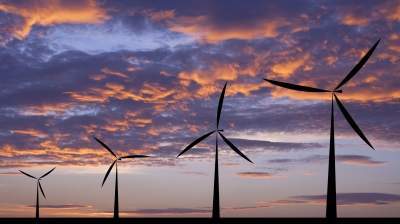Neoen Australia has broken ground on its Bulgana Green Power Hub, an integrated 194MW wind farm and a 20MW/34MWh battery storage project in Western Victoria.

Image: A wind farm in operation. Photo: courtesy of 2nix/Freedigitalphotos.net.
The A$350m ($262.12m) renewable project located near Stawell is expected to start generating wind power by late 2019. It has been designed to produce more than 740,000MWh of emission-free, clean, renewable power every year.
The Bulgana Green Power Hub will generate enough electricity to meet the power consumption needs of nearly 130,000 homes, and is expected to help the Victorian government secure its greenhouse gas emissions reductions targets of 15-20% by 2020.
Victoria Energy Minister Lily D’Ambrosio turned the first sod on the Bulgana Green Power Hub to mark its ground breaking ceremony. A total of 120 jobs are expected to be created during the construction stage of the wind farm.
D’Ambrosio said: “This is an exciting next step in delivering affordable, sustainable and clean energy – creating jobs right across Victoria.”
“We’re reducing greenhouse gas emissions, and the Bulgana Green Power Hub is helping us meet our ambitious renewable energy targets.”
Siemens-Gamesa will supply 56 wind turbines for the Bulgana Green Power Hub, while the 20MW/34MWh lithium-ion battery will be provided by Tesla. On the other hand, AusNet Services, which owns and operates the Victorian electricity transmission system, will develop the transmission connection for the renewable project.
The Bulgana Green Power Hub is backed by a 15-year support agreement committed by the Victorian government, in a move to meet the Victorian Renewable Energy Target (VRET).
Apart from that, the wind farm and battery storage facility is also backed by a 10-year power purchase agreement (PPA) with Nectar Farms, which will buy 15% of the power generated from it.
The remaining 85% of the power produced by the Bulgana Green Power Hub will be fed directly into the local grid.
According to Neoen Australia, the project will be funded through a combination of its equity, along with long-term debt from KfW IPEX-Bank, French financial services group Societe Generale and South Korea’s state-owned financial institution Korea Development Bank (KDB).
